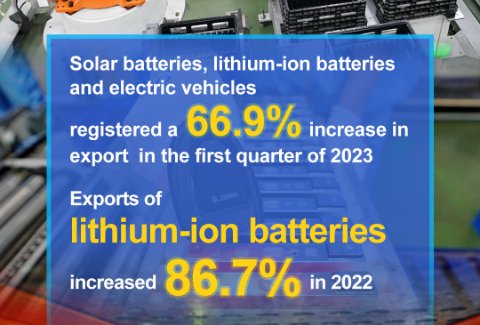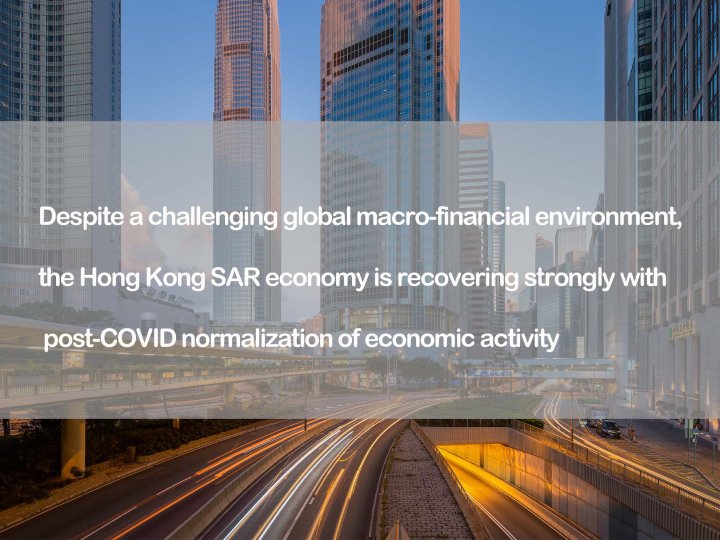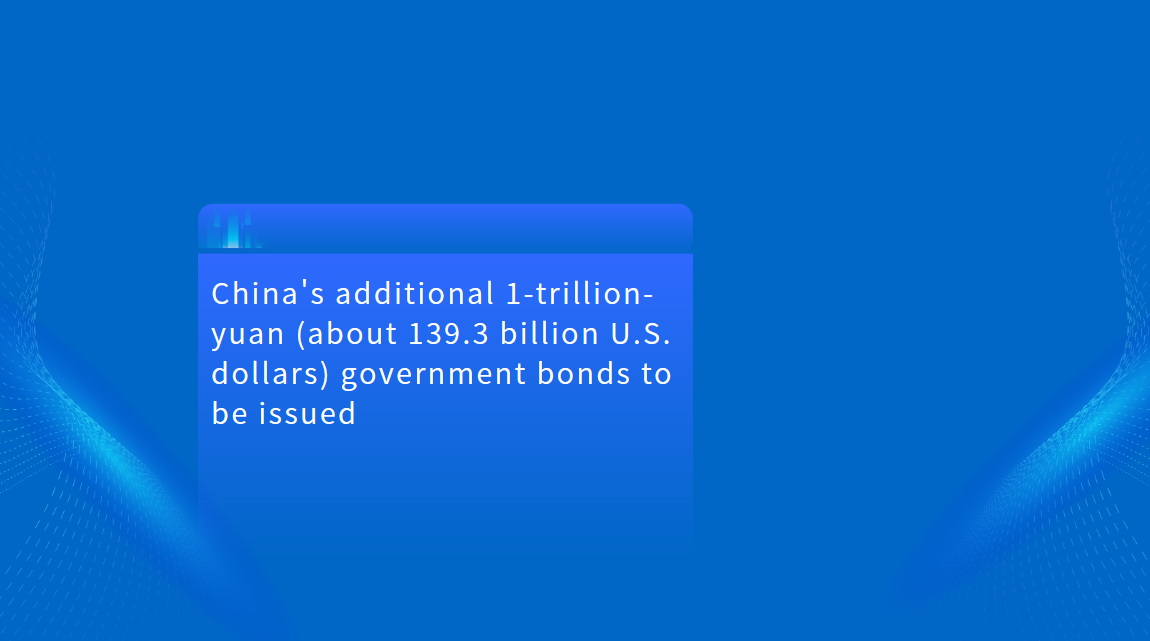China Accelerates Green Transition with Policy and Financial Innovation
As the world intensifies efforts to combat climate change, China has made significant strides in accelerating its green transition, leveraging policy directives and financial sector reforms. With the world's second-largest economy prioritizing green growth, recent data highlights the rapid expansion of renewable energy capacity and a deepening commitment to green finance, positioning China as a key driver in the global shift toward sustainability.
////
Renewable Energy Expansion Gains Momentum
ONE

China's renewable energy sector witnessed unprecedented growth in 2024. According to the National Energy Administration (NEA), newly installed renewable energy capacity accounted for 86% of total new power installations, pushing the cumulative renewable energy capacity to a record high of 56% of the country's total power generation capacity. By year-end, China's total installed renewable energy capacity had reached 1.889 billion kilowatts, reflecting a 25% year-on-year increase.
Solar power remained the dominant force, with 887 million kilowatts of installed capacity, followed by wind power at 521 million kilowatts, hydropower at 436 million kilowatts, and biomass power at 46 million kilowatts. These figures underscore China's continued dominance in renewable energy deployment, reinforcing its commitment to reducing reliance on fossil fuels and meeting its "dual carbon" goals of peaking emissions by 2030 and achieving carbon neutrality by 2060.
////
Financial Sector Ramps Up Green Financing Initiatives
TWO

China's bond market is set to play a larger role in addressing private firms' financing challenges. The PBOC reaffirmed its commitment to the existing Private Enterprise Bond Financing Support Tool, often referred to as the 'second arrow,' which has provided a crucial backstop for credit-starved firms. Calls for expanding long-term bond issuance were echoed by Geely Holding Group CEO Li Donghui, who suggested that financial authorities incentivize institutional investors to participate more actively in private enterprise debt markets.
Meanwhile, stock market reforms are also in focus. The China Securities Regulatory Commission (CSRC) underscored its intention to enhance capital market access for private firms, particularly through the STAR Market and ChiNext, where over 80% of listed companies are privately owned. Vice Chairman Li Chao reaffirmed efforts to streamline IPO approvals and promote equity-based financing solutions, with an emphasis on sectors aligned with national strategic priorities.
////
Banking Sector Mobilization and Supply Chain Finance Expansion
THREE
Recognizing the pivotal role of finance in achieving sustainability goals, China has intensified efforts to integrate green finance into its economic framework. In January 2025, the National Financial Regulatory Administration (NFRA) and the People's Bank of China (PBoC) issued a comprehensive plan to enhance the banking and insurance sectors' green finance capabilities. The plan outlines measures to support green industries, mitigate environmental and social risks, and strengthen financial institutions' climate risk management frameworks.
Key policy directions include:
-
Enhancing Green Credit and Investment: Banks and insurers are encouraged to provide long-term financing for low-carbon industrial upgrades, particularly in high-emission sectors such as steel, petrochemicals, and non-ferrous metals. Financial institutions are also expected to increase support for renewable energy infrastructure and green transportation projects.
-
Developing Sustainable Financial Products: The financial sector is urged to expand its portfolio of green bonds, sustainability-linked loans, and innovative insurance products to facilitate the transition toward a low-carbon economy.
-
Strengthening ESG Risk Management: Regulatory bodies will refine climate risk stress tests, improve green finance disclosure standards, and introduce incentives for financial institutions to enhance their environmental, social, and governance (ESG) performance.
////
Policy Reforms Drive Systemic Green Transition
FOUR
China's progress in green development is underpinned by top-level policy planning. The Third Plenary Session of the 20th Communist Party of China (CPC) Central Committee in July 2024 reinforced the nation's commitment to ecological protection, while subsequent policy guidelines in August 2024 provided a structured roadmap for achieving a low-carbon economy.
The Central Economic Work Conference in December 2024 further emphasized green development as a national priority for 2025, with a focus on pollution reduction, carbon emission control, and sustainable economic growth. These policy commitments are expected to enhance investor confidence in China's green finance sector and create new opportunities for domestic and foreign enterprises engaged in renewable energy, sustainable infrastructure, and ESG-driven investment.






















































First, please LoginComment After ~